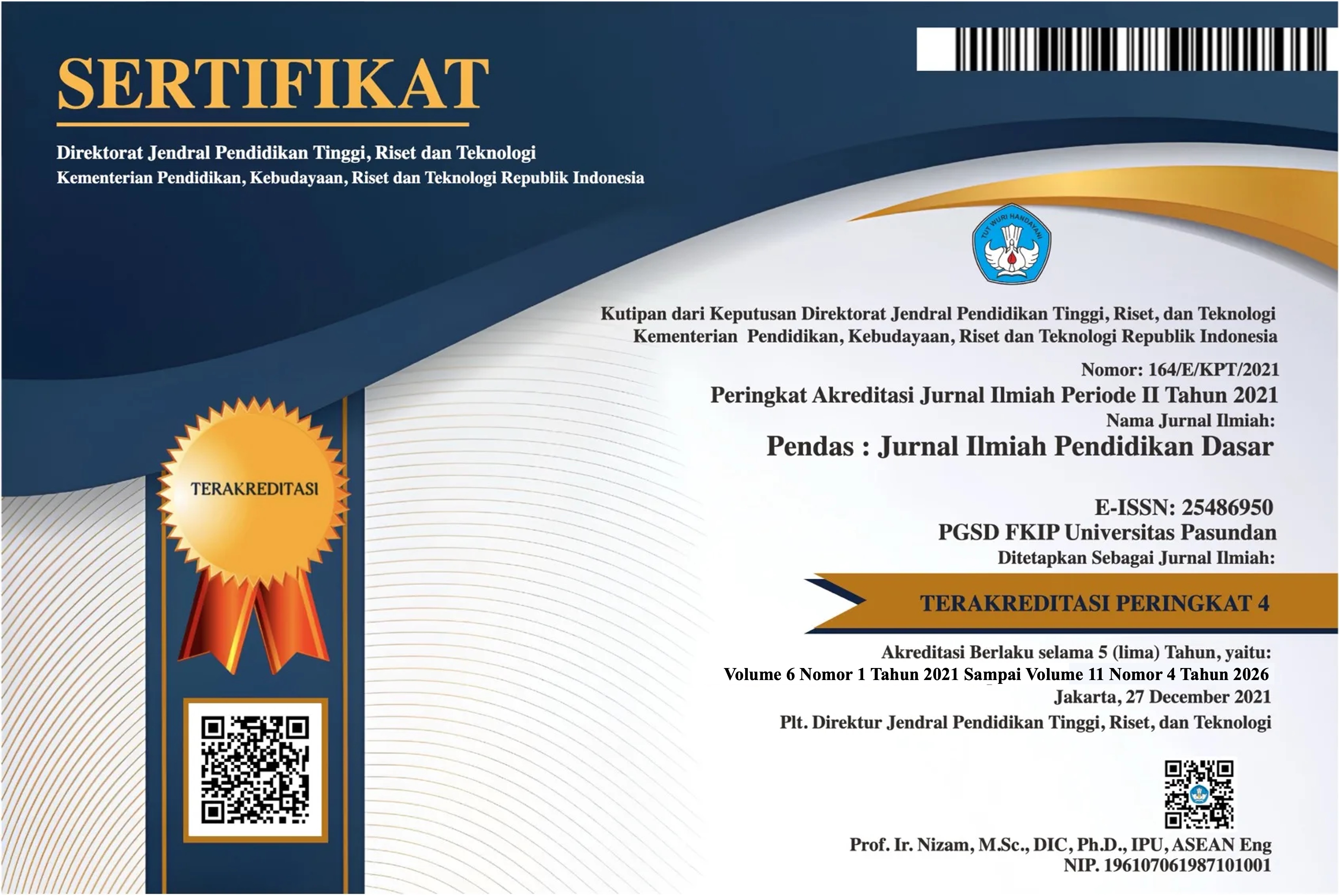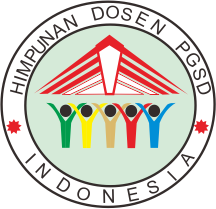MENINGKATKAN PARTISIPASI SISWA KELAS 4A SDN 44 AMPENAN PADA MATA PELAJARAN MATEMATIKA DENGAN MENGGUNAKAN MEDIA INTERAKTIF
DOI:
https://doi.org/10.23969/jp.v9i04.20759Abstract
This study aims to improve the active participation of 4A grade students at SDN 44 Ampenan in mathematics learning through the use of interactive media. The main issue addressed is the low student participation due to mathematics being perceived as a challenging and less engaging subject. This study employs a Classroom Action Research (CAR) approach conducted in two cycles. In the first cycle, learning activities were carried out without using interactive media, and observations showed that only 60% of students were actively involved. In the second cycle, interactive media, such as digital games like Wordwall and Spin the Wheel, were utilized to enhance student engagement, resulting in a significant increase in participation to 87%. The findings indicate that interactive media effectively enhance student participation and help them understand mathematical concepts more enjoyably. Therefore, the use of interactive media can be applied to create more engaging and effective learning experiences.
Downloads
References
Arends, R. I. (2012). Learning to teach (9th ed.). McGraw-Hill.
Cheng, G., & Chau, J. (2016). Exploring the relationships between learning styles, online participation, learning achievement, and course satisfaction: An empirical study of a blended learning course. British Journal of Educational Technology, 47(2), 257–278.
Hattie, J. (2008). Visible learning: A synthesis of over 800 meta-analyses relating to achievement. Routledge.
Jonassen, D. H. (1994). Thinking technology: Toward a constructivist design model. Educational Technology, 34(4), 34–37.
Kemmis, S., & McTaggart, R. (1988). The action research planner. Deakin University Press.
Laurillard, D. (2012). Teaching as a design science: Building pedagogical patterns for learning and technology. Routledge.
Mayer, R. E. (2009). Multimedia learning (2nd ed.). Cambridge University Press.
Reigeluth, C. M., & Beatty, B. J. (2016). Instructional-design theories and models: Building a common knowledge base (Vol. IV). Routledge.
Van Dijk, J. A. G. M. (2020). The network society (4th ed.). SAGE Publications.
Wlodkowski, R. J. (1999). Enhancing adult motivation to learn: A comprehensive guide for teaching all adults. Jossey-Bass.
Downloads
Published
Issue
Section
License
Copyright (c) 2024 Pendas : Jurnal Ilmiah Pendidikan Dasar

This work is licensed under a Creative Commons Attribution 4.0 International License.



















